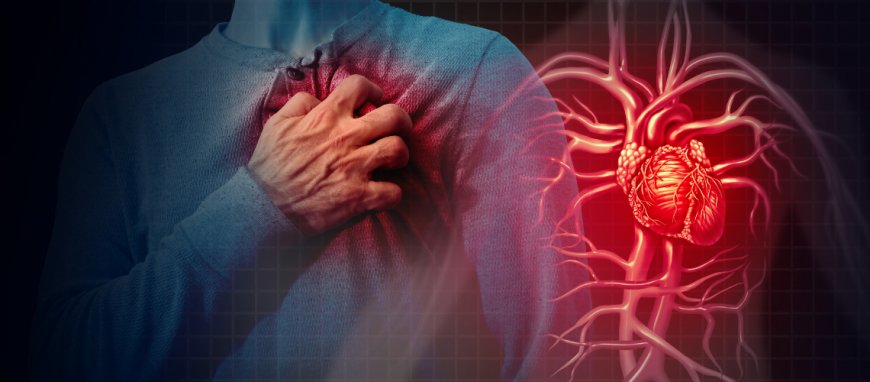Heart attack: what is heart attack symptoms, causes & cure
A heart attack occurs when there is a blockage in the arteries that supply blood to the heart.

What are the symptoms of heart attack?
The primary symptom of a heart attack is chest pain, which is called angina pain. It starts to feel like a pressure, heaviness or tightness. Which is not only on the left side but also in the middle or on the right side. This pain goes to the top of the stomach, sometimes it goes to the left hand or shoulder, sometimes there can be pain in the jaw or teeth.
This pain is aggravated by walking or doing hard work, it is reduced by taking some rest.
Shortness of breath and sweating.
Some people get the feeling of having gas.
So these are all symptoms of heart attack.
In an exercise it has been seen that people who complain about having gas have real heart complaints. That's why when you have this problem, you should not ignore it and contact your doctor immediately.
What to do in case of heart attack?
Primary If you have Disprin, Ecosprin or Aspirin, you should give it to the patient. Disprin, -Ecosprin or Aspirin These medicines stop the clotting of blood.
If there is a heart patient in someone's house, then a 5mg tablet of sorbitrate is to be kept under the tongue, it reduces the intensity of pain slightly. And Immediately contact the ambulance of the nearest hospital.
heart attack treatment when the patient comes to the hospital with a complaint of heart, then the doctor says that therefore the best treatment is primary angioplasty, which means that angiography is done in which blockage is called, it is examined and the stent is kept open for the block. So it is called primary angioplasty.
This is a very good treatment because it completely restores the blood flow of the artery. The pumping rate of the heart increases due to angioplasty.
Where these services are not available, it is necessary for such patients to go to ICU so that Clot Dissolving injection can be given. This injection is called Fibrinolytic therapy.
The benefit of this injection is 50% of the people who do not get it then they are shifted to higher center where angiography or angioplasty is done if needed.
Disclaimer: The advice and suggestions mentioned in the article are for general information purpose only and should not be taken as professional medical advice. Always consult your doctor if you have any questions or concerns.







